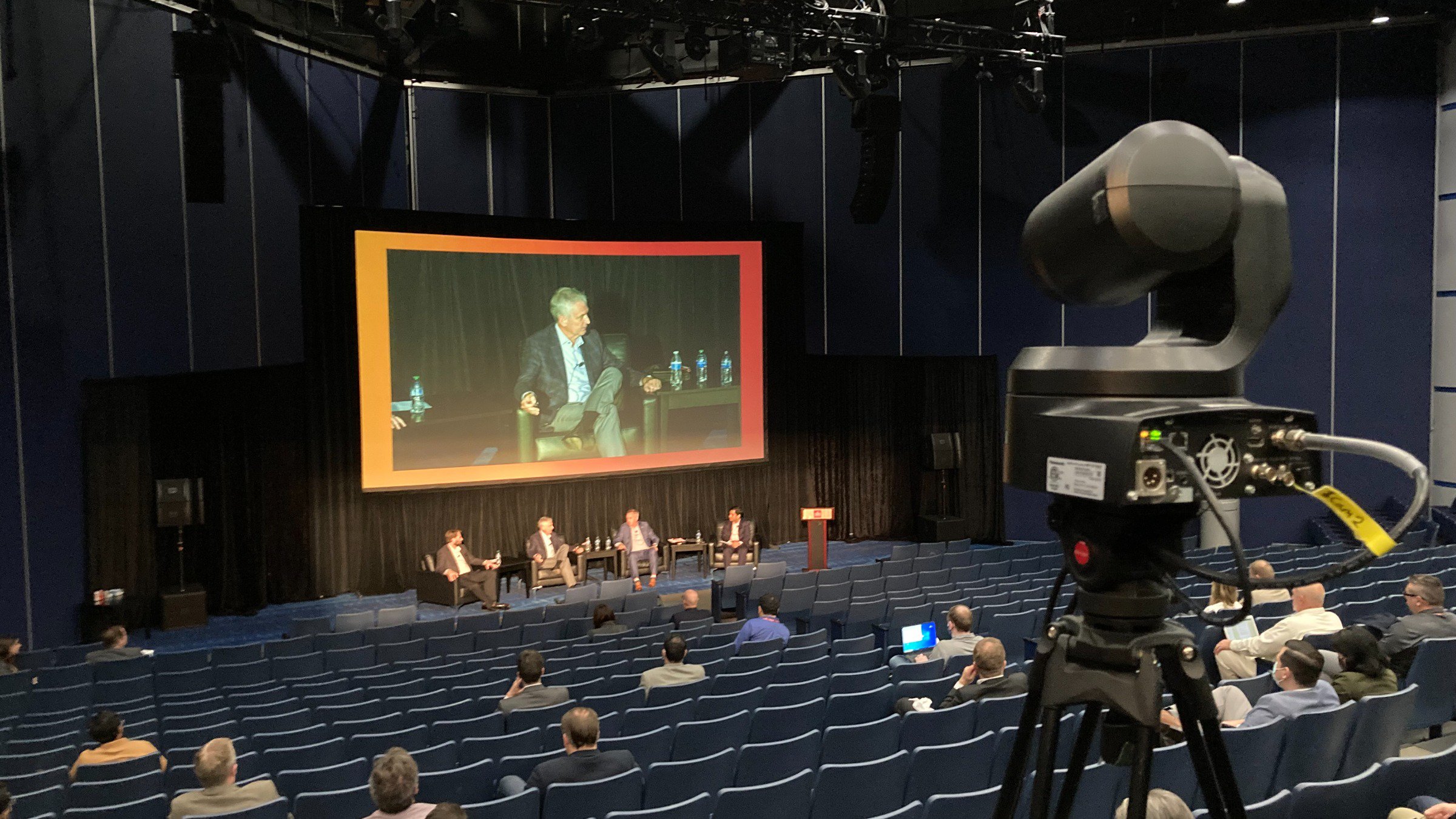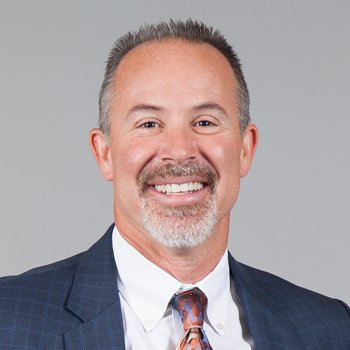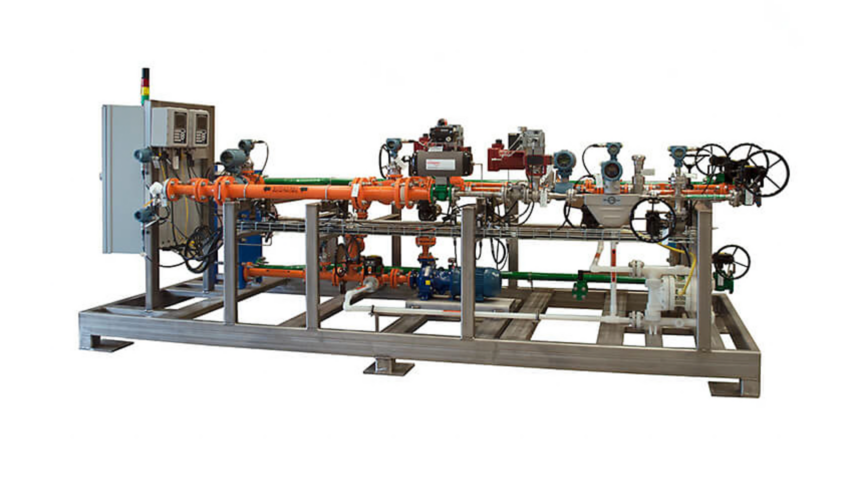Digital transformation is no longer for early adopters only. IIoT technologies are rapidly going mainstream. According to recent research, about one half of industrial companies have embarked on a transformation journey – and more companies are ramping up investments in more types of digital tools.
But as manufacturers integrate digital technology into their plants, finding the right people with the right skills to implement that technology – and keeping them on the job – is an ongoing challenge.
How does this impact OEMs? What new digital opportunities are they exploring to address the skills gap and add value to their offerings?
To find out, we gathered leading machine builders for our OEM Forum during Automation Fair. Here are key takeaways from the event featuring representatives from Aagard, Gencor Industries and BID Group.
Better Ways to Capture and Transfer Machine Knowledge
Not so long ago, manufacturers could rely on operators working on a specific machine or line for years – and in many cases, decades. Those days are over.
“I’m lucky if I go into a plant and see the same operator who was there 6 months ago,” said Jonas Capistrant, application engineering manager, Aagard. “How do we bridge the training gap and onboard people to run our packaging solutions in those 6 months?”
Steve Ramsey, vice president of engineering & technology, Gencor Industries, noted a similar issue in the transportation and construction sector, where operators also tend to be less experienced and turnover is high. At the same time, the new U.S. infrastructure bill will likely mean more business for the company’s customers.
“The question is, what tools can we provide that will make it easier to onboard a new operator – or simplify maintenance procedures?” Ramsey said.
Like many OEMs, the panelists are exploring augmented reality (AR) and other digital tools to replace or support traditional training methods. For example, this AR platform is one way to capture and share step-by-step procedures and best practices – and upskill workers quickly.


